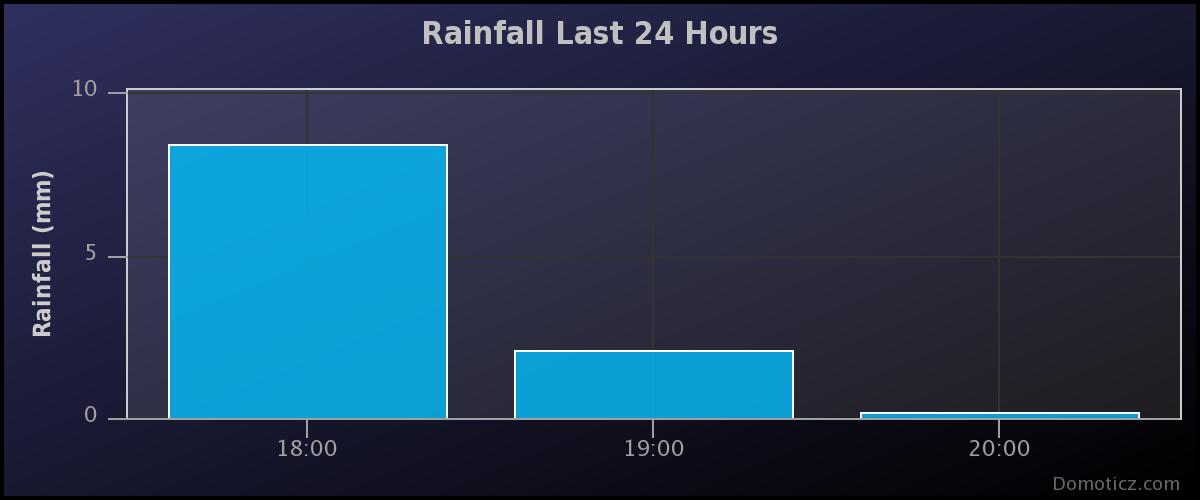my first weather station
-
Here's a project giving details of a particulate sensor made by Sharp:
http://www.elektor-labs.com/project/air-pollution-level-display-solar-powered.14541.html -
cheers neverdie :)
seams like a good starting point ...i have found the sharp particle sensor cheap on ebay i have got a combined mq-135 that is a one sensor package that covers a lot of gas's and poloution
data sheet for the mq-135 is here https://www.olimex.com/Products/Components/Sensors/SNS-MQ135/resources/SNS-MQ135.pdf
it covers everything i need includeing sulphers :) and its one package that helps keep the power useage down .. just the heaters in the sensor pulls 300ma so it will have to be a heavy duty lipo and mains powerd.
just need to think of a sample chamber ..
cheerd for the link
andy
-
I wonder if the results would be thrown off by pollen levels?
If I could track pollen levels cheaply and accurately, I'd be very interesting in doing so.
-
i just found this for the sharp sensor "Sensitivity
These results are true only when the sensor is used with factory settings. The variable resistor shouldn't be changed. Attach:output.jpg Δ The table demonstrates that for every 0.1 mg more of dust, the voltage increases by 0.5 Volts.
There are other environmental sensors in the market that can detect particles with the size of 1 micrometer (1�m). This scale means that even pollen grains, and mildew spores can be detected. There is no information about this on GP2Y1010AU's datasheet except that it is stated that it can detect cigarette smoke.
0.6 mg/m3 of dust doesn't seem much when National Institute for Occupational Safety and Health (NIOSH)'s recommended wood dust is 1 mg/m3 and used to be 5mg/m3 for softwoods. "so yes it can do pollen ..and mould ...
looks like a good addition to my sensor network
more info here https://itp.nyu.edu/archive/physcomp-spring2014/sensors/Reports/GP2Y1010AU.html
with the mq-135 and a sharp sensor i can measure a lot of different gases and nasty stuff..
-
Looks as though you'll need to measure temperature and humidity also in order to compensate for their effects on your mq-135 sensor.
I don't know enough about pollution to know whether that sensor is sensitive enough or not. i.e. is 10ppm sensitive enough, or does it need to measure parts per billion or parts per trillion? I have no idea what levels are considered safe versus unsafe. Perhaps you know already from research that you may have finished.
Good luck! I'd be interested to hear how it works out for you, regardless of whether it's success or failure.
-
cheers for your kind comments :) ..
yes its going to be a learning curve ..but after finding mysensors my mind has woken up :)
some more sensor data http://www.staceyk.org/airSensors/sensorsetup.php
you know in this day and age air polloution is someting to think off.. it effects everyone.. and mysensors could be a very usefull resorce for this kind of remote sensing :)
now i have to finish my tipping bucket rain gauge and deploy that :)
..and now in the project list
make gateway box and add 433.
place mcu power radio in tipping bucket
assemble and test airqualty package
.. i am also thinking of useing a gyro mcu radio and power in to a 3d printed weather vane..busy times ahead :)
regards
andy -
Indeed Drjeff ...
i have learned more in the past 4 weeks in starting this journey than i did for a year makeing flashy led stuff lol. mind you i am thinking of a neopixel display lol
and the good thing is i can give back..the data collected will be of use to someone if not myself :)andy :)
-
Have a look at this post: http://forum.mysensors.org/topic/147/air-quality-sensor/91
and it will likely save you a lot of time. -
little update
mq135 is now up and running ..need to be callabrated but its close enough untill i have finished testing it ... and thay do eat some power...300ma just for the sensor.
i just need to get some potting compound for the rain gauge
just added a pir sensor .
this is getting addacting lol


